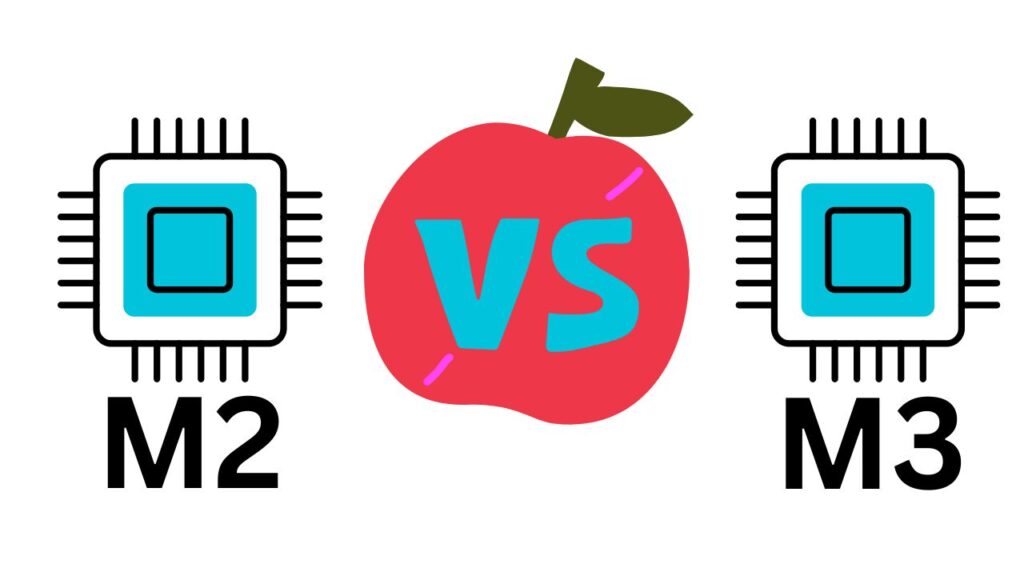With the release of the M4 chip, Apple continues to build on its custom silicon success. Here’s a side-by-side comparison of the M2 and M4 chips to help you understand what’s changed and what remains similar.
Comparison Table: M4 vs. M2
| Feature | Apple M2 Chip | Apple M4 Chip |
|---|---|---|
| Manufacturing Process | 5nm | 3nm |
| CPU Cores | 8 cores (4 performance, 4 efficiency) | 10 cores (6 performance, 4 efficiency) |
| GPU Cores | 10 cores | 12 cores |
| Neural Engine | 16-core Neural Engine | 18-core Neural Engine |
| Unified Memory | Up to 24GB | Up to 32GB |
| Memory Bandwidth | 100 GB/s | 120 GB/s |
| Transistor Count | 20 billion | 25 billion |
| Power Efficiency | Improved over M1, but less than M4 | Greater power efficiency |
| Performance | 18% faster than M1 | Estimated 20-25% faster than M2 |
| Machine Learning | Significant improvement over M1 | Enhanced machine learning capabilities |
| Compatibility | Works with most recent macOS versions | Optimized for latest macOS version |
The Apple M4 chip is built on a more advanced 3nm technology, compared to the M2’s 5nm, which makes it faster and more efficient. It has more CPU, GPU, and Neural Engine cores, so it handles multitasking and heavy-duty applications smoothly. With up to 32GB of memory and faster data transfer, the M4 is great for demanding tasks. The new design also improves power efficiency, keeping devices cooler and potentially lasting longer on battery. Overall, the M4 is estimated to be 20-25% faster than the M2, especially benefiting apps that use AI.

